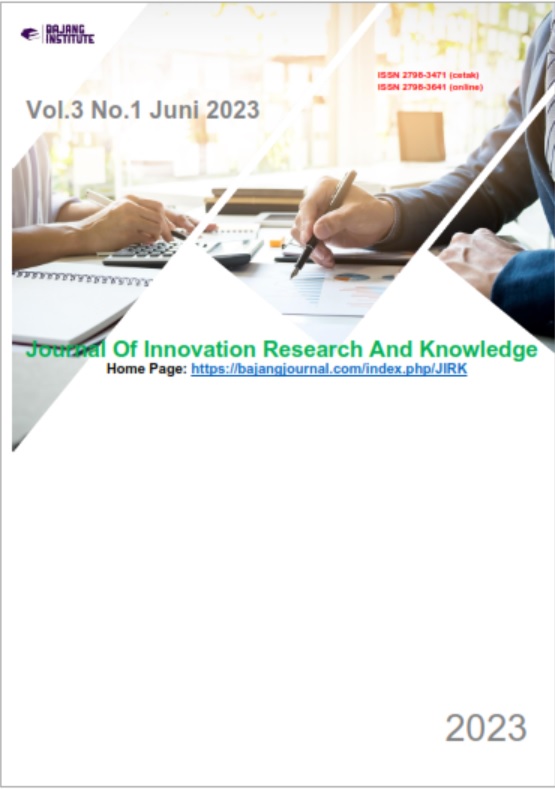ACTIVE ASSISTED MOVEMENT DALAM MENJAGA KEMAMPUAN FUNGSIONAL PADA KONDISI DUCHENNE MUSCULAR DYSTROPHY
DOI:
https://doi.org/10.53625/jirk.v3i1.5990Keywords:
Duchenne Muscular Dystrophy, Active Assisted, Passive Movement And StretchingAbstract
Background: Duchenne muscular dystrophy which is a recessive x-linked disorder that often affects males. Duchenne muscular dystrophy is caused by mutations in the dystrophin gene at the Xp21 locus so that dystrophin protein is not produced or dystrophin deficiency and structural abnormalities occur. Dystrophinopathies are X-linked recessive disorders affecting 1 in 5,000 to 1 in 6,000 live male births. The prevalence of DMD is less than 10 cases per 100,000 males. Objective: Physiotherapy management in this case aims to determine the benefits of providing physiotherapy interventions in the form of active assisted and passive movement and stretching in patients with Duchenne muscular dystrophy. Methods: This case report was conducted at PLDPI Surakarta by taking patients with Duchenne muscular dystrophy cases by providing physiotherapy modalities in the form of active assisted and passive movement and stretching for 3 physiotherapy sessions. Furthermore, measurements were taken with the GMFM and XOTR Scale in the first to third physiotherapy. Results: From the physiotherapy management given, it was found that functional ability and muscle strength remained unchanged and did not develop. Conclusion: Physiotherapy management in this case report is proven to be able to maintain functional ability and muscle strength in patients with Duchenne muscular dystrophy.
References
Ananda, D., Nainggolan, R. D., & Vera, Y. (2022). Pengaruh Sensori Integration Dan Isotonic Exercise Terhadap Peningkatan Kekuatan Otot Pada Anak Down Syndrome. 2, 44–51.
Cornelis, E., & Gessal, J. (2021). Duchene Muscular Disorder. Jurnal Medik Dan Rehabilitasi, 3(1), 1–10. https://ejournal.unsrat.ac.id/index.php/jmr/article/view/32925/31088%0Ahttps://ejournal.unsrat.ac.id/index.php/jmr/article/view/32925
Duan, D., Goemans, N., Takeda, S., & Mercuri, E. (2021). Duchenne muscular dystrophy. NATURE REVIEWS, DISEASE PRIMERS, 543–549. https://doi.org/10.1201/b13434
Ningrum, M. S., & Nusadewiarti, A. (2019). Penatalaksanaan Distrofi Muskular Progresif pada Anak Laki - Laki Usia 10 Tahun Melalui Pendekatan Dokter Keluarga Progresive Muscular Dystrophy Management in 10 Years Boy Through Family Medicine Approach. Majority, 8(2), 32–40.
Russell, D. J., Avery, L. M., Rosenbaum, P. L., Raina, P. S., Walter, S. D., & Palisano, R. J. (2000). Improved scaling of the gross motor function measure for children with cerebral palsy: Evidence of reliability and validity. Physical Therapy, 80(9), 873–885. https://doi.org/10.1093/ptj/80.9.873
Yun Jufan, A., Sari, D., Mahardieni, K., Anestesiologi dan Terapi Intensif UGM, K. F., & Sardjito Yogyakarta, R. (2016). Laporan Kasus Jurnal Komplikasi Anestesi volume 3 nomor 2 , Maret 2016 Duchenne Musculer Dystrophy. 3, 47–53.















